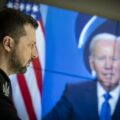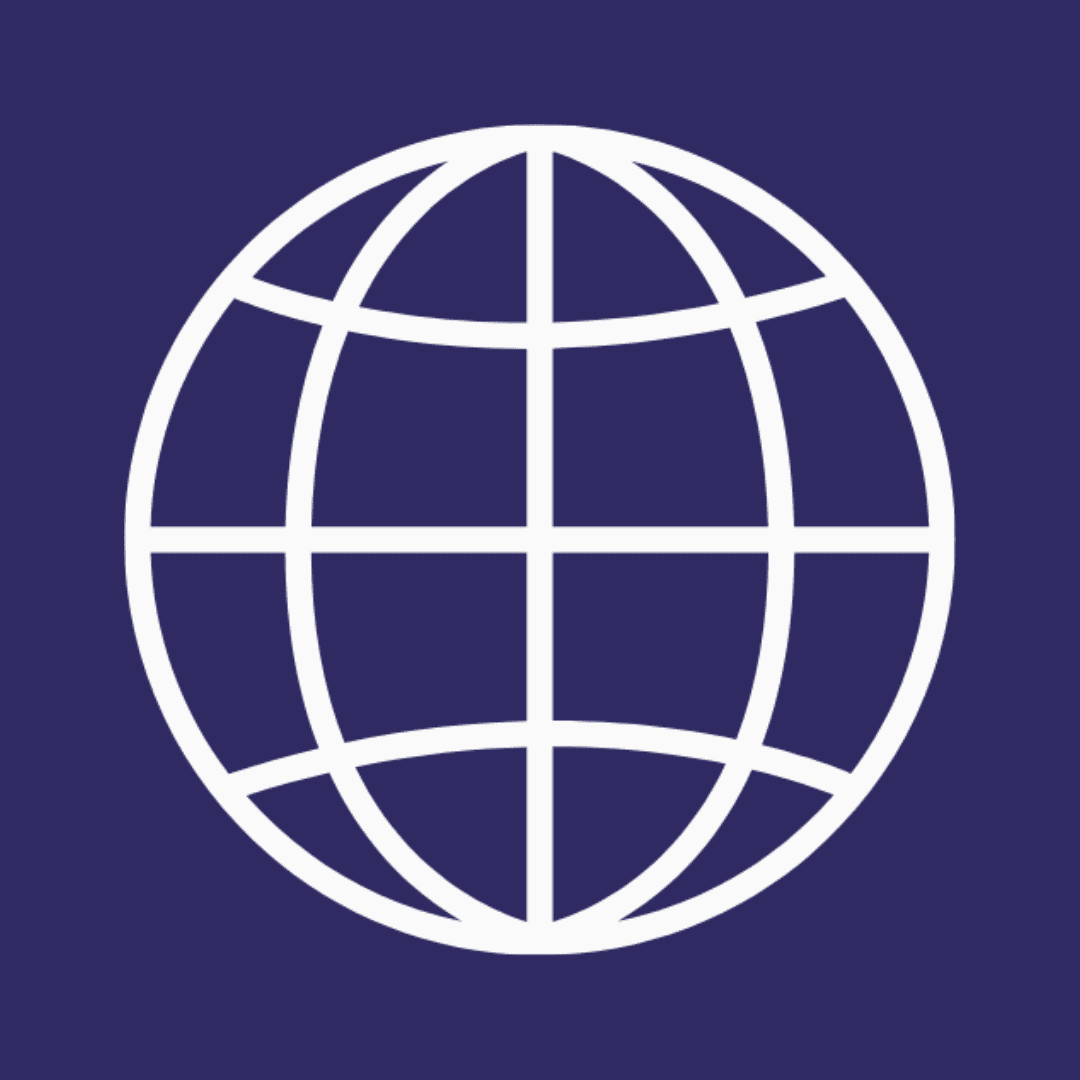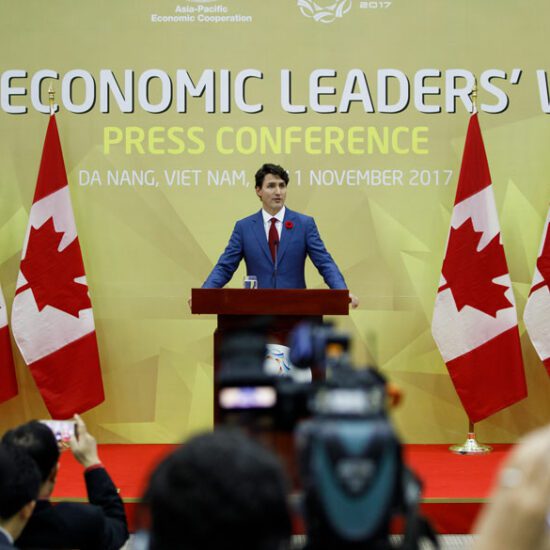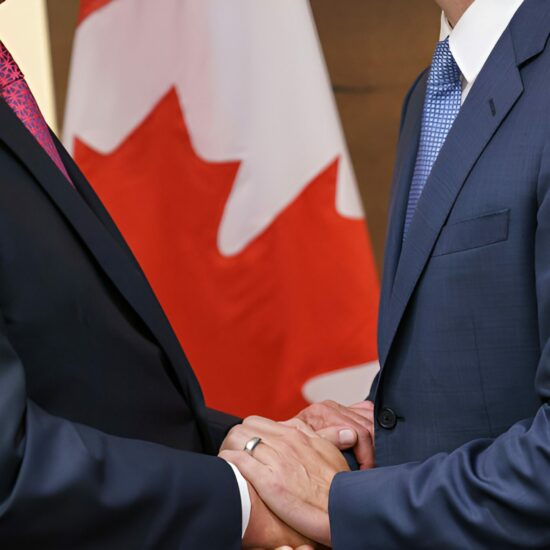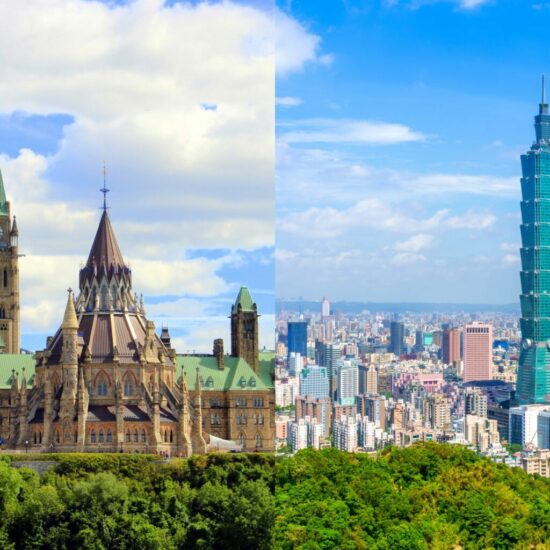
If the next four years offer Ottawa at least a partial reprieve from the turbulent Trump administration, they should be used to plan for the future rather than attempt to restore the status quo ante. Ottawa can no longer relegate itself to being Washington’s junior partner.
In recent years, the core foundations underpinning Canada’s foreign policy have shifted from being coherent to contradictory. As Joe Biden enters the Oval Office, Ottawa’s principal task will be to bring its foreign policy in line with a new international context shaped by great power competition. However, the imperative for Canada over the coming years will not be to ensconce itself within a single bloc, but rather to develop a nuanced and balanced international posture.
Canadian foreign policy during the Cold War was based on two mutually reinforcing pillars. A special relationship with Washington served as the bedrock of national security and helped to amplify Ottawa’s global influence, even as multilateral bodies such as the United Nations offered Canada the opportunity to foster a national identity that contrasted with its more unilateralist southern neighbour. This two-pronged posture also served Canadian interests in the early post-Cold War decades, given Canada’s geographic insulation from foreign threats and the unrivaled power of the US.
Today, Canada retains an overriding and long-term interest in a stable economic relationship with the US. However, Washington has also pursued a posture of global military primacy throughout the post-Cold War era, aimed at remaining the dominant power in every key geo-strategic theatre on the map: Europe, the Middle East and East Asia. This has engendered antagonism and security competition with other powers such as Russia and China, threatening the rules-based international order and open global trading system on which Canada relies to remain a prosperous, independent and consequential actor on the world stage.
In some ways, the current trend toward a Pacific theatre framed by the US-China rivalry poses a greater dilemma for Canada than the four-decade-long Soviet-American standoff. The Cold War era featured what were, in effect, two competing international orders, including a western bloc based on a self-reinforcing logic of mutual dependence between the US and its allies. By contrast, today’s contest between China and the US is occurring within the confines of a single, integrated international order – an order on which Canada has relied to ensure its security and economic growth for decades. Growing competition between Washington and Beijing has been accompanied by a rise in American protectionism and challenges to the future of multilateralism, robbing Canada of the ability to rely on the traditional pillars underpinning its foreign policy.
Given the impact of Washington’s strategic posture in engendering today’s great power contest, it is the repercussions of the US-China rivalry that need to be contained from a Canadian perspective, not China itself. China’s sheer geographic distance from Canada illustrates how it is not China’s rise that poses a direct and vital threat to Canadian security, but rather the decision made by Washington and Beijing to engage one another in a zero-sum competition that imposes strategic constraints on Canada. Nor can the creation of a uniform transatlantic alliance to contain the spread of Soviet communism be replicated in the contemporary Pacific theatre, especially given the central role played by China in global trade. US allies such as Australia, New Zealand, Japan and South Korea are members of the recently signed, China-backed Regional Comprehensive Economic Partnership (RCEP) mega-trading bloc, while the European Union recently concluded negotiations in principle on a Comprehensive Agreement on Investment with Beijing.
Although some have predicted that a “mini-détente” will occur between Washington and Beijing at the outset of the Biden administration, the fundamental dynamics that drive competition between the two powers will not change so long as the United States continues to gear its strategy toward preserving its regional primacy rather than envisioning a more inclusive order in East Asia. Even proponents of US competition with China concede that while certain middle powers may be interested in balancing against the geopolitical implications of China’s rise, not all wish to contain Beijing from an economic, technological or values-based perspective. For instance, China conducts more trade with ASEAN than it does with either the EU or the US, even as some Southeast Asian countries remain wary of Beijing’s increasingly assertive foreign policy. The fact that US allies were not more vocal in criticizing outgoing President Donald Trump’s assault on democracy during the transition period highlights the extent to which they view Washington as an instrumental security provider rather than the leader of an international “community of values.”
In short, although Canada’s military alliance and intelligence sharing with the US will remain the bedrock of its security posture, Ottawa cannot align itself entirely with Washington’s efforts to compete with China, nor can it expect the US-China rivalry to disappear over the short or medium term. The fact that Canada faces a strategic constraint imposed by deepening great power rivalry, rather than just a strategic threat posed by a rising China, illustrates how the current malaise in Canada-China relations owes itself less to the particulars of the relationship itself and more to Ottawa’s failure to develop an adequate, overarching strategic paradigm to guide its foreign policy in a changing world.
For the past several decades, the Pacific theatre has most often been referred to as the “Asia-Pacific” region, an image which emphasizes the integration of rising Asian markets with the Americas. As the security dimension of regional affairs has gradually become more salient, the more trade-friendly “Asia-Pacific” has been displaced by an “Indo-Pacific” imaginary, centred more on the need to preserve freedom of navigation in the face of an increasingly assertive China. However, the “Indo-Pacific” paradigm’s implicit association with US regional leadership leaves it poorly suited to address Canada’s unique interests. Nor does the concept appear completely viable, given that the largest economies abutting the Indian and Pacific Oceans – India and the United States, respectively – now find themselves outside the two largest trading blocs that are likely to determine the shape of economic relations in the region over the coming decades: the Comprehensive and Progressive Trans-Pacific Partnership (CPTPP) and RCEP.
A more appropriate paradigm to guide Canada’s regional posture would centre on the Eurasia-Pacific. This imaginary simultaneously connotes the growing centrality of the Pacific theatre in an age of great power rivalry, as well as the increasingly interconnected nature of an integrated Eurasian supercontinent. These are not two distinct paradigms geared toward separate regions – continental Eurasia and the maritime Pacific – but rather an integrated concept aimed at guiding Canada’s foreign policy thinking in a changing world as it relates to the Pacific theatre.
A Eurasia-Pacific paradigm would accomplish several things for Canada. First, it is less Sinocentric than its “Indo-Pacific” counterpart, thus embodying a more integrated and comprehensive approach to engaging the Pacific theatre. Moreover, in contrast with paradigms implicitly centred on US leadership, the Eurasia-Pacific concept views the process of economic integration across Eurasia as central to global geopolitics and geoeconomics. An emphasis on the integrated nature of Eurasia – which does not rely on the projection of US power and goes against Washington’s traditional strategy of upholding divisions within the Eastern Hemisphere as a means of asserting its primacy – is designed to encourage Canada to identify its own independent strategic interests as global power shifts eastward. The diffuse balance of power across the vast Eurasian supercontinent also highlights how order can only be achieved through consensus and compromise rather than through a zero-sum standoff.
This strategy also helps to illustrate the interconnected nature of the eastward (European) and westward (Asian) vectors of Canadian foreign policy, with a secure Euro-Atlantic theatre required as a “buffer” for Canada to be able to devote its focus and resources toward the Pacific. This could also allow Canada to “compartmentalize” the current Russia-West rivalry within the Euro-Atlantic theatre and foster different terms of engagement with Brussels and Moscow in the Eurasian context. For instance, while Moscow has adopted a revanchist posture toward a Euro-Atlantic security order from which it is largely excluded, the Asian and Arctic dimensions of Russian foreign policy are geared much more toward preserving the status quo. This approach could serve to maximize Canada’s array of possible partners and its room for manoeuvre in a Pacific theatre where Ottawa’s engagement has been lacklustre and where the future of rules-based interaction between states is likely to be decided.
A more strategically capable and independent Canada is in the interest of the United States. Canada’s national geography, featuring regions that are cut off from one another by the Rockies and the Canadian Shield, ensures that it can never pose a security threat to the US. Rather, it is the risk that Canada will become a strategic cripple on the world stage that poses the greater long-term threat to continental security in North America. If, as expected, the next four years offer Ottawa at least a partial reprieve from the turbulent Trump administration, they should be used to plan for the future rather than attempt to restore the status quo ante. The shift in US foreign policy from world-historical ambition to great power competition already began during Barack Obama’s presidency. Ottawa can thus no longer relegate itself to being Washington’s junior partner in the case of the former, nor can it afford to do so in the case of the latter.
Dr. Zachary Paikin is a Nonresident Research Fellow at the Institute for Peace and Diplomacy and Collaborator with the Network for Strategic Analysis, funded by the Mobilizing Insights in Defence and Security (MINDS) programme of the Department of National Defence of Canada.
Image credit: European Parliament, Gage Skidmore

